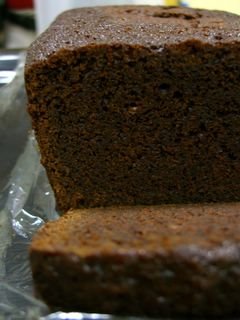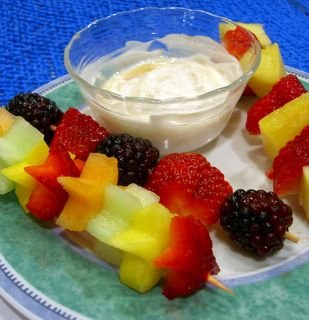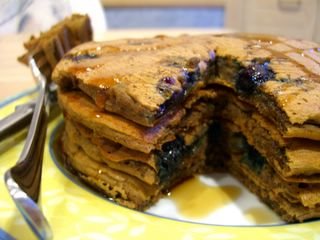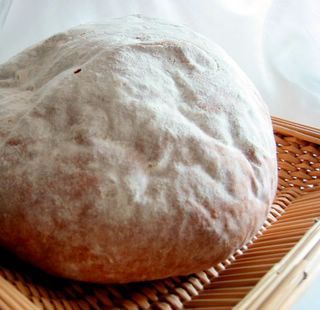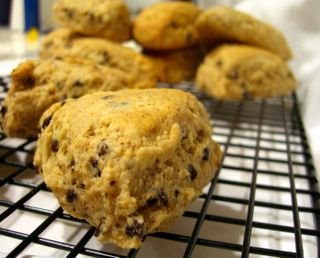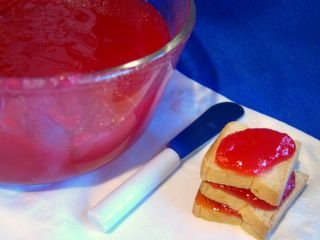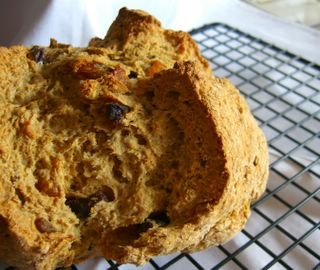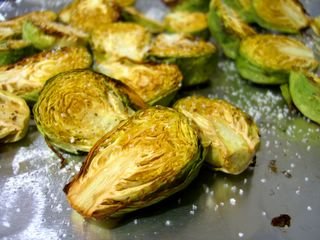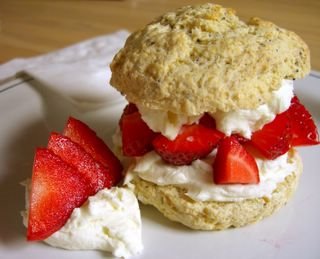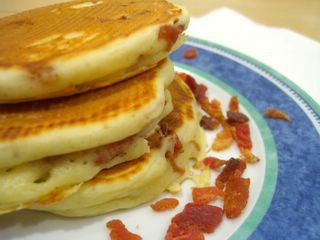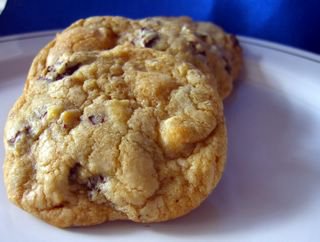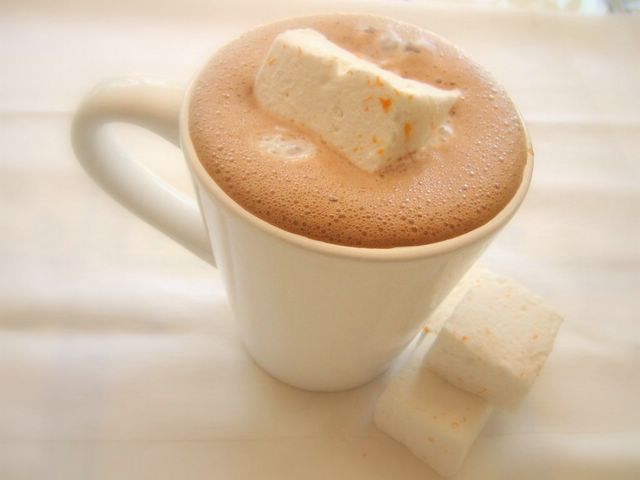Cooking School: Mexican Chocolate Loaf Cake
Loaf cakes are not generally considered to be the most elegant cakes, but I love them. I think that having tall, rich-looking slices fall away from the loaf as you cut into it is beautiful. Come to think of it, I actually like all loafy baked goods, from savory yeast breads to sweet quick breads for breakfast. I think that loaf cakes are elegant and versatile.
Appearances aside, they do have other strong points. First, is portion size. It is extremely easy to slice a loaf into the perfect size for any appetitie. You can get 8 slices out of the loaf, or 16 for a group of light eaters. It's less intimidating than a whole round cake. It is also much easier to transport. If you wrap up a loaf cake with plastic wrap, you can carry it around like a football without worring about the cake cracking and breaking. This is a huge bonus if you want to take the cake to a friend's for dinner or to a party at the office.
This recipe is from Who Want's Seconds?, a beautifully photographed blog, and I've been meaning to make it for quite some time. I felt that the Mexican Chocolate Cake would do well as a loaf, developing a slightly crisp exterior and slicing into even, rich slices - and I was right. The only problem I had was with the amount of batter. Though a 9 x 5 x 3.5-inch loaf pan has the same capacity as the 9-inch round cake pan, I failed to realise that the "9-inch cake pan" mentioned in the original recipe was a square one and larger than the capacity of my loaf pan. I simply measured out four cupcakes worth of batter into a lined muffin tin and baked those off separately. The loaf, minus the cupcakes, had the perfect amount of batter.
The spicing in this cake was spot-on. The cinnamon flavor was present but not overwhelming in the least and there were subtle hints of coffee and orange that made it seem very exotic. The flavors blended well enough that when you took a bit of the cake you only thought of how tasty it was, not the individual spices. It was very chocolaty and I loved the fact that it is made with cocoa powder instead of melted chocolate. Not only does this help keep the cake from getting dense, but it has a lovely, bittersweet quality from the cocoa. I like it plain, like a pound cake, but feel free to serve it with whipped cream, if desired.
Preheat over to 350F. Butter or grease a 9x5x3.5-inch loaf pan and dust with cocoa powder, knocking out the excess. Line 4 muffin cups with paper liners.
In a large, microwave-safe bowl, melt the butter. Whisk in cocoa powder until smooth, then add in instant coffee and water, whisking until dissolved. Stir in sugar, followed by the eggs, buttermilk and vanilla extract, mixing well after each addition.
In a medium bowl, sift together flour, baking soda, cinnamon and salt. Gradually add to cocoa mixture, stirring until just combined.
Using a 1/4 cup measure, fill the four cupcake liners about 3/4 full with batter. Pour the remaining batter into the prepared loaf pan.
Bake the cupcakes for 18-22 minutes, until a tester comes out clean.
Bake the cake for 55-65 minutes, until a tester comes out clean or with only a few crumbs.
Cool in the pans for about 15 minutes, then turn out cupcakes and loaf cake onto a wire rack to cool completely.
Makes 1 loaf cake and 4 cupcakes.
Serves 10-12, plus cupcakes for the cook.
*Note: You can omit the instant coffee and use 1/2 cup water with 1/4 cup coffee instead, as the original recipe calls for, if you don't have instant.
